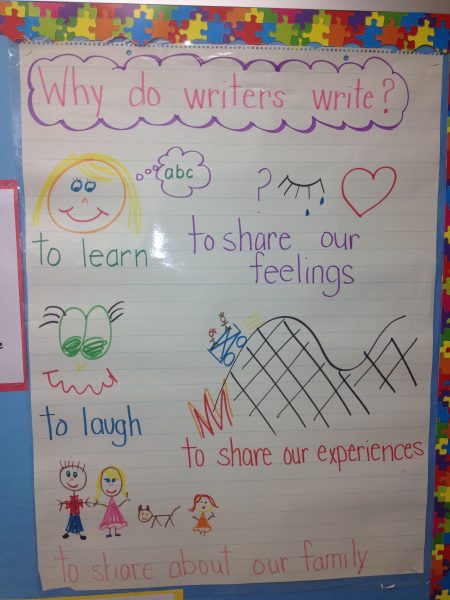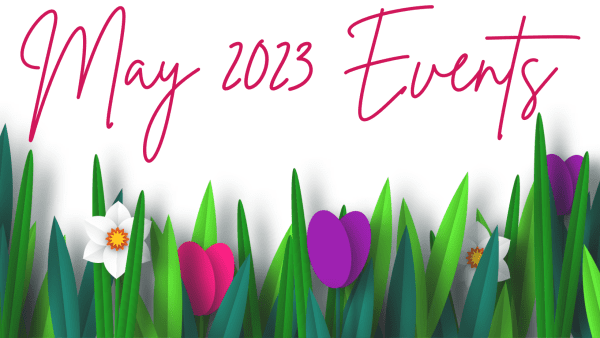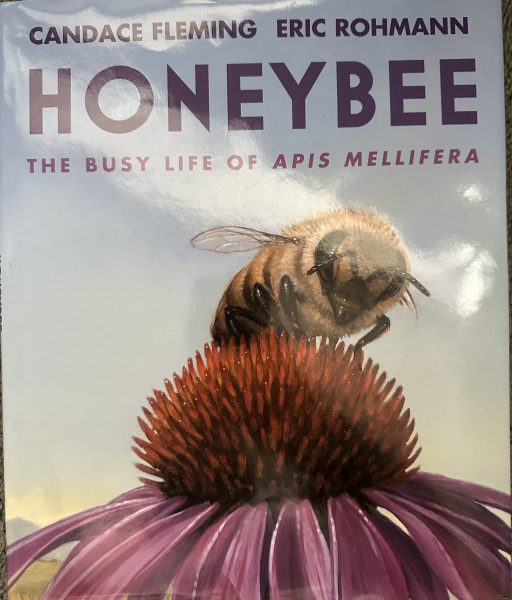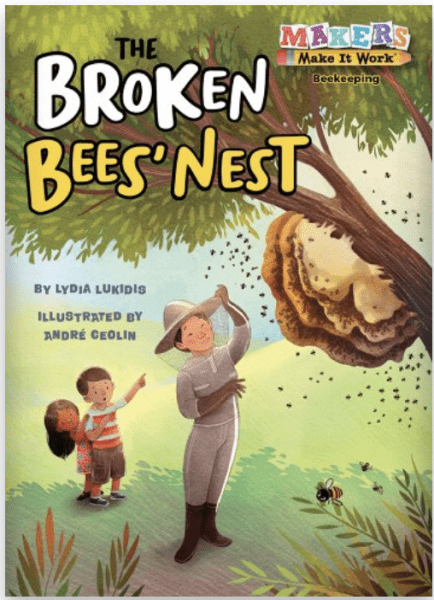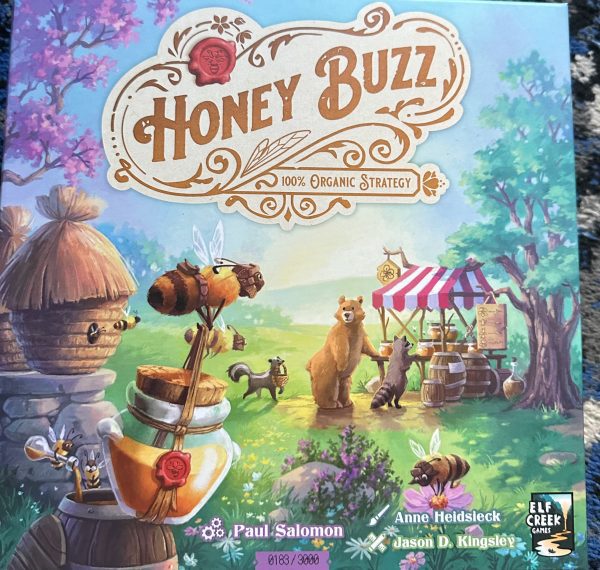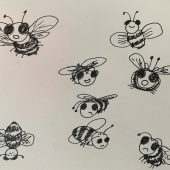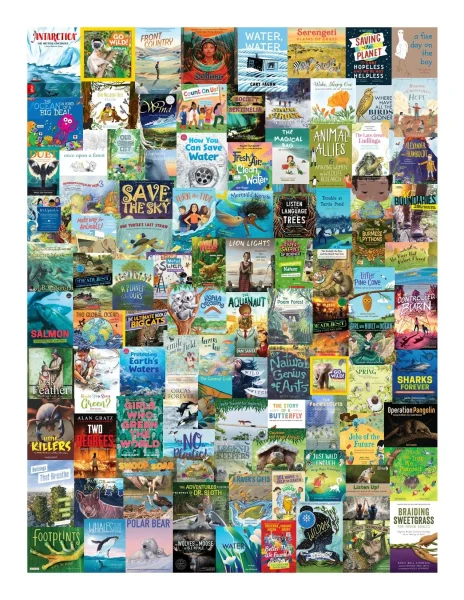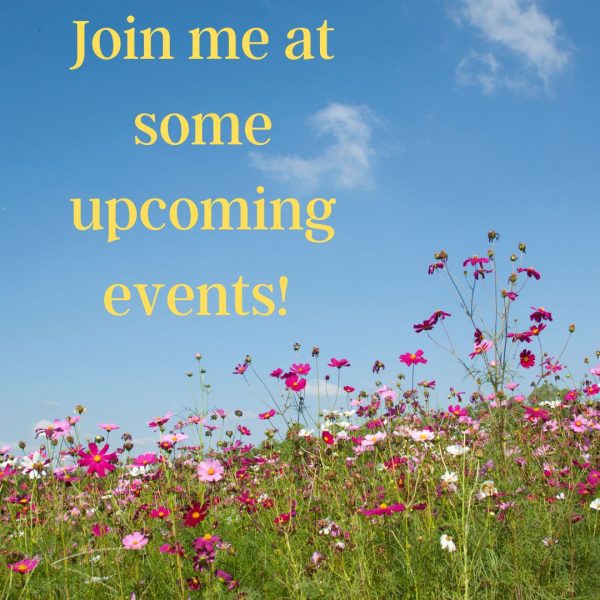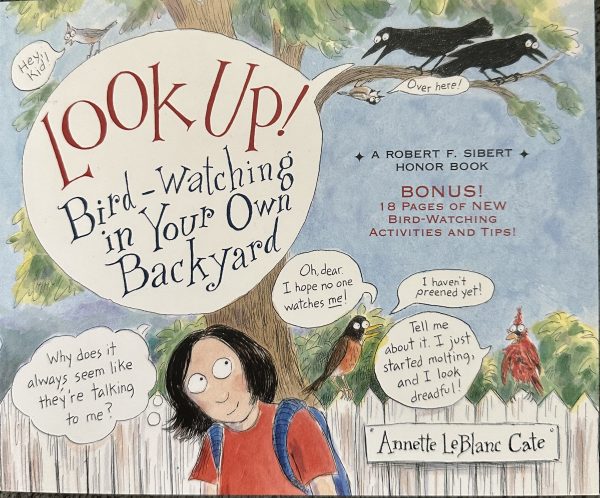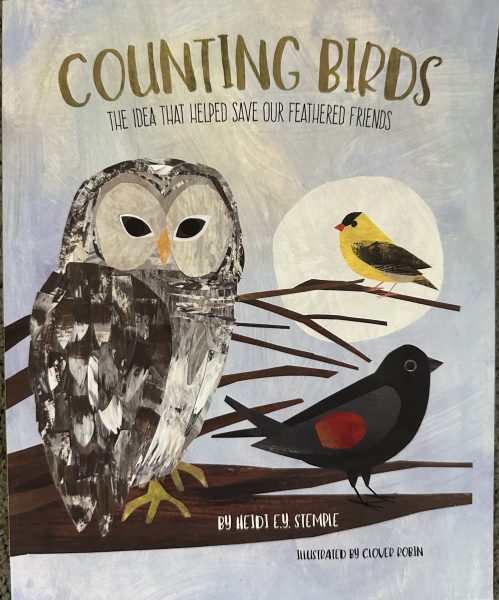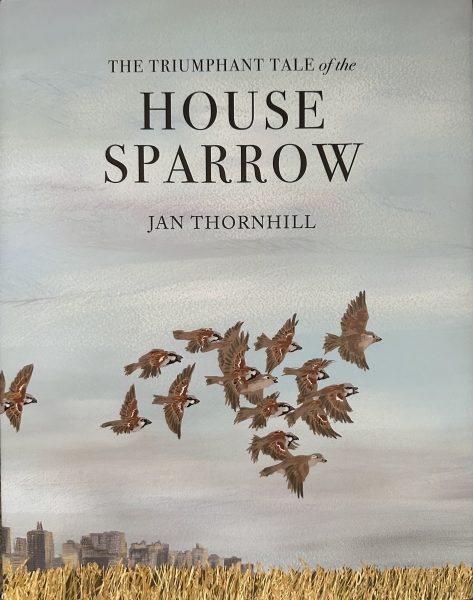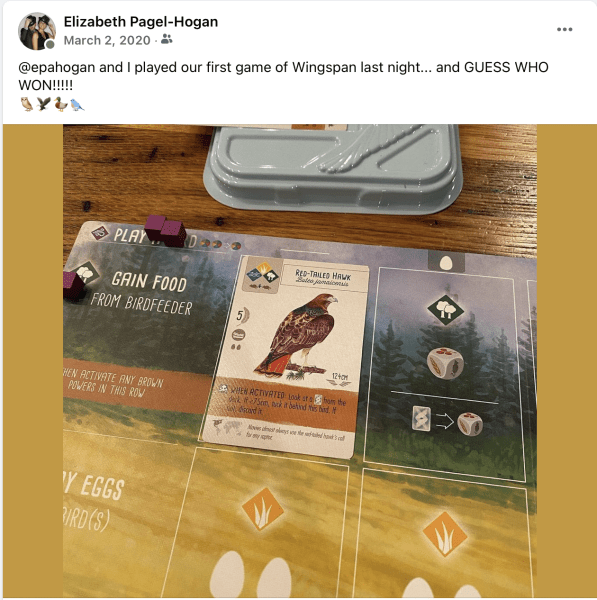Celebrate spring with this colorful pairing of books and board games all about flowers!
Yes, I am featuring another game designed by the incredible Elizabeth Hargrave. Her games are always about things I love. Tussie Mussie is a quick and easy card game with gorgeous art is also about the historic language of flowers!
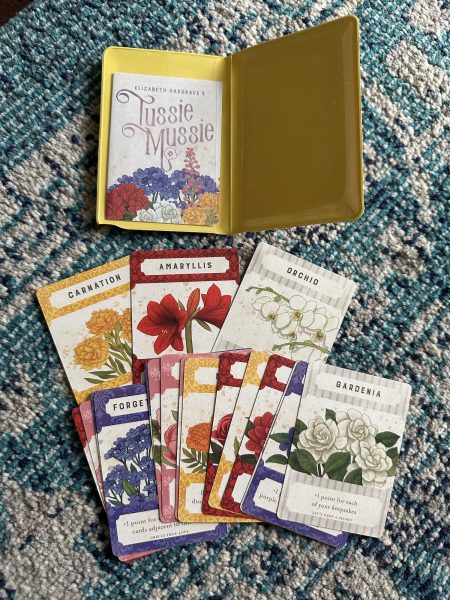
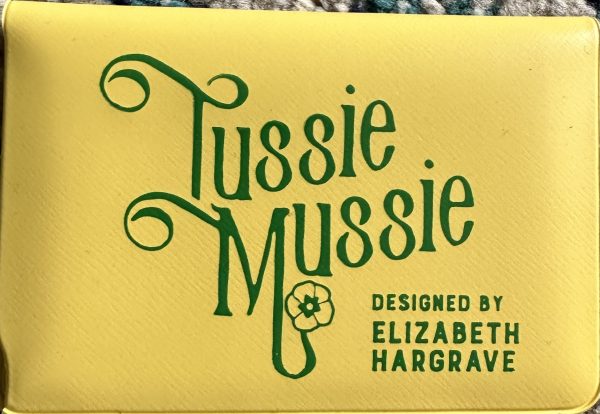
Once you’ve learned how to play, pick up a few beautiful books about blooms to read and enjoy. I suggest Plants Can’t Sit Still by Rebecca Hirsch .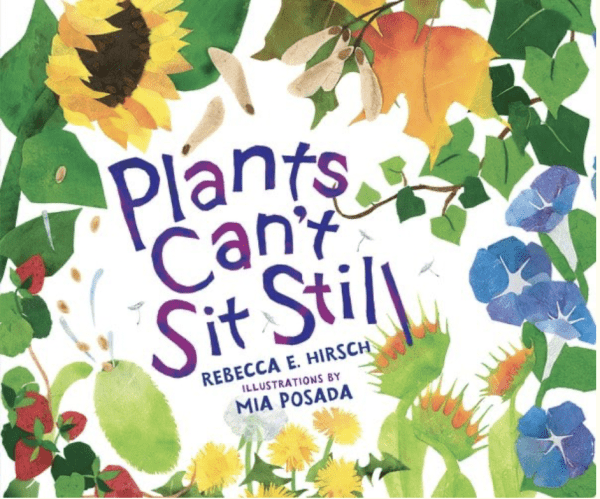
And I think another perfect pairing is Flower Talk: How Plants Use Color to Communicate by Sara Levine.

Both of those books introduce readers to the idea that plants don’t just sit there quietly growing. They are actively engaged in their environment! And the art in these books is really eye-catching.
As always, if you want to learn how to play, I recommend checking out “Watch It Played” on YouTube. Also, BoardGameGeek offers a lot of great recommendations and Q&A.
Once you decide you want to buy a game, please look around for a local board game store!
For more book recommendations, I ALWAYS recommend visiting and buying from your local bookstore. One way you can buy online and support a local store is by shopping through Bookshop.org.

